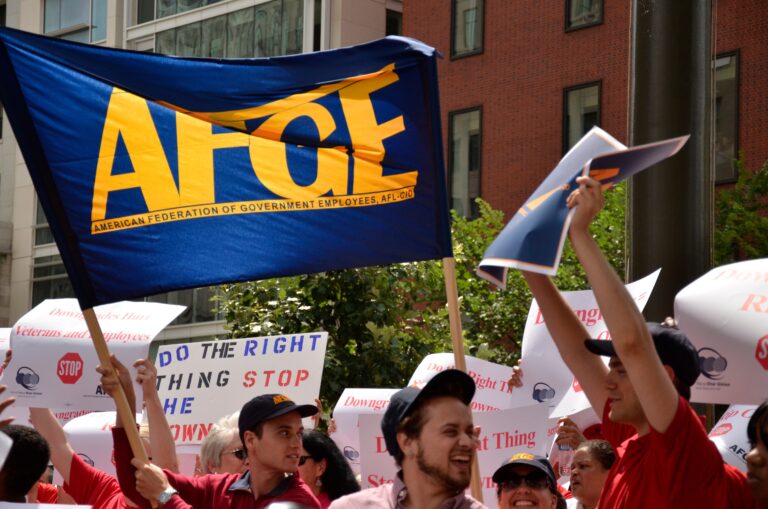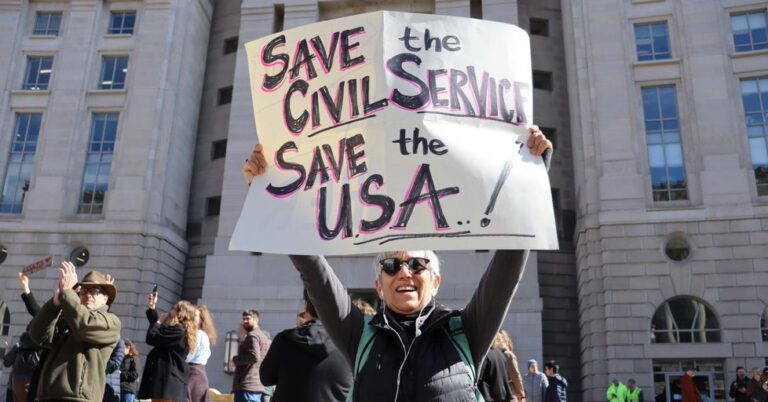Jack Goldsmith is the Learned Hand Professor of Law at Harvard Law School, where he teaches and writes about national security law, international law, internet law, and, recently, labor history. Before coming to Harvard, Professor Goldsmith served as Assistant Attorney General, Office of Legal Counsel from 2003-2004, and Special Counsel to the Department of Defense from 2002-2003.
In a post published in August (and republished in November), I expressed puzzlement about the Supreme Court’s grant of certiorari in Mulhall. “I am beginning to think that the procedural hurdles to affirmance are so great that the grant might have been imprudent,” I argued, because the case is possibly moot, because there is no obvious private right of action in the case, and because of a possible Iqbal pleading problem. “[P]erhaps [the Court] will dismiss the case as improvidently granted,” I speculated. In September we noted that Thomas Frampton had identified a fourth potential procedural problem in the case – standing. Ben additionally noted that Mulhall was an odd case because the Plaintiff-Respondent’s position in the case amounted to the admission of a felony.
In a Per Curiam opinion, the Supreme Court today dismissed Mulhall as improvidently granted. The Court provided no reasoning for its dismissal, but Justice Breyer (joined by Justices Sotomayor and Kagan) suggested that the reasons were that the case is possibly moot and that Respondent Mulhall possibly lacked standing, and also suggested (and sought briefing on the proposition) that Section 302 should not be viewed to create a private cause of action.
Two quick reactions, perhaps more later.
First, Justice Breyer notes that the dismissal of Mulhall leaves CA11’s opinion in place, and that decision “raises the specter that an employer or union official could be found guilty of a crime that carries a 5-year maximum sentence, see 29 U. S. C. §186(d), if the employer or union official is found to have made certain commonplace organizing assistance agreements with the intent to ‘corrupt’ or ‘extort.’” I don’t think this last part is quite right, at least in the short term, since it is inconceivable that the Obama administration would prosecute under CA11’s theory. However, as long as CA11’s decision stands, the specter of expensive and difficult litigation will hover over neutrality/bargaining agreements in many circuits, and will indeed chill the making of those agreements. This is perhaps why Justice Breyer argued that further briefing rather than dismissal was warranted. This gambit by Justice Breyer is interesting, for it might suggest some confidence that the merits of the decision would have gone labor’s way. Otherwise, I do not think he would have argued for further briefing on the procedural issues in an attempt to reach the merits. This possible implication, I think, is the big news of the dismissal (besides, of course, the dismissal itself).
Second, why did the Court grant a case with so many problems, and why did it dismiss? No way to know, of course, but here is a guess. UNITE HERE’s cert. petition made it seem like the sky was falling for labor, which the left side of the Court cares about, and then Respondent agreed that certiorari was warranted and made the case seem ultimately to be about employee coercion, which the right side of the Court cares about (but which I do not think is really at stake in the case). Perhaps this unusual posture, plus a thin though new-ish split in the circuits, plus some poor cert.-pool work by the Justices’ law clerks, led the Court to overlook the obvious procedural and factual problems in the case that would have normally argued against a grant. And then once the Court confronted the merits, which raised quite knotty problems of statutory construction, these procedural problems loomed larger and offered an easy way out.






Daily News & Commentary
Start your day with our roundup of the latest labor developments. See all
December 5
Netflix set to acquire Warner Bros., Gen Z men are the most pro-union generation in history, and lawmakers introduce the “No Robot Bosses Act.”
December 4
Unionized journalists win arbitration concerning AI, Starbucks challenges two NLRB rulings in the Fifth Circuit, and Philadelphia transit workers resume contract negotiations.
December 3
The Trump administration seeks to appeal a federal judge’s order that protects the CBAs of employees within the federal workforce; the U.S. Department of Labor launches an initiative to investigate violations of the H-1B visa program; and a union files a petition to form a bargaining unit for employees at the Met.
December 2
Fourth Circuit rejects broad reading of NLRA’s managerial exception; OPM cancels reduced tuition program for federal employees; Starbucks will pay $39 million for violating New York City’s Fair Workweek law; Mamdani and Sanders join striking baristas outside a Brooklyn Starbucks.
December 1
California farmworkers defend state labor law, cities consider requiring companies to hire delivery drivers, Supreme Court takes FAA last-mile drivers case.
November 30
In today’s news and commentary, the MSPB issues its first precedential ruling since regaining a quorum; Amazon workers lead strikes and demonstrations in multiple countries; and Starbucks workers expand their indefinite strike to additional locations. Last week, the Merit Systems Protection Board (MSPB) released its first precedential decision in eight months. The MSPB had been […]